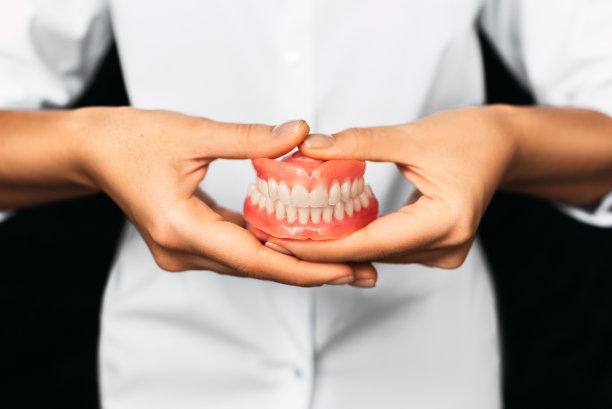Understanding the Process and Implications of Extracting a Tooth for Better Dental Health and Patient Care
Summary: Tooth extraction is a complex procedure that plays a crucial role in maintaining dental health. Understanding its processes, implications, and effects can support better patient care. This article explores the procedural aspects of tooth extraction, the reasons for extraction, post-extraction care, and the implications for overall dental health. By recognizing the importance of these factors, both patients and dental professionals can ensure a more successful outcome, enhancing patient comfort and health.
Understanding the Tooth Extraction Process

Tooth extraction is often necessary when a tooth is severely damaged or decayed, requiring the removal of the tooth to prevent further complications. The process typically begins with a thorough examination by the dentist, including X-rays to assess the tooth’s condition and its surrounding tissues. This diagnostic step ensures that the dentist has all the necessary information to perform the extraction safely.
Once it is decided that extraction is the best course of action, the patient is typically administered a local anesthetic to numb the area around the tooth. In some cases, sedation may be offered, especially for patients who experience anxiety. After numbing the site, the dentist uses specialized instruments to loosen the tooth from its socket, making the extraction easier.
After the tooth is removed, the dentist may place a gauze pad over the extraction site to control bleeding. The dentist will provide instructions for post-extraction care, including managing potential pain and swelling. Understanding this process helps demystify tooth extraction for patients, making it less intimidating.
Reasons for Tooth Extraction in Dental Health
There are several reasons why tooth extraction may be necessary. One common reason is severe tooth decay or damage that cannot be repaired with fillings or a crown. When a tooth is extensively damaged, retaining it can lead to greater health risks, including infections.
Another reason for extraction involves periodontal disease, a condition that can affect the supporting structures of the teeth. In severe cases, bacterial infection can cause the gums to recede and can lead to a compromised attachment of the tooth, necessitating extraction.
Impacted wisdom teeth are also a typical reason for extraction. As the last set of molars, wisdom teeth often do not have enough space to emerge properly. This can lead to pain, infections, and other dental complications, making their removal a preventive measure.
Post-Extraction Care for Patients
Post-extraction care is vital in ensuring that the healing process progresses smoothly. Patients are usually advised to bite down gently on a gauze pad for at least 30 minutes to help stop any bleeding. It is important for patients to avoid vigorous rinsing or spitting for at least 24 hours to allow the blood clot to form and stabilize.
Pain management is another critical aspect of post-extraction care. Dentists typically prescribe or recommend over-the-counter pain relief medications to manage discomfort. Ice packs are also suggested to reduce swelling in the initial days post-surgery.
Additionally, patients should adhere to a soft-food diet for a few days. Foods that are soft and easy to chew minimize strain on the extraction site. Awareness of the post-extraction care guidelines contributes significantly to a smoother recovery and reduces the risk of complications.
Long-Term Implications on Dental Health
Tooth extraction, while sometimes necessary, can have long-term implications for dental health. The removal of a tooth can lead to shifting of surrounding teeth, potentially causing bite issues or misalignment over time. This shift can affect how a person chews and may contribute to additional dental problems in the future.
To mitigate these risks, dental professionals may recommend replacement options such as dental implants or bridges. These solutions can help maintain the structural integrity of the mouth and prevent adverse shifts, ensuring that oral health is preserved.
Ongoing oral hygiene practices also become crucial after extraction. Patients must remain diligent with brushing, flossing, and regular dental check-ups to detect any potential issues early. Awareness of these long-term implications can empower patients to take proactive steps in maintaining their overall dental health.
In summary, understanding the process and implications of tooth extraction is essential for better dental health and patient care. Awareness of the extraction process, reasons behind it, postoperative care, and future implications assists both patients and dental practitioners in fostering a healthier dental ecosystem.
By prioritizing these discussions and education, we can ensure improved dental experiences. This article is compiled by Vickong Dental and the content is for reference only.


